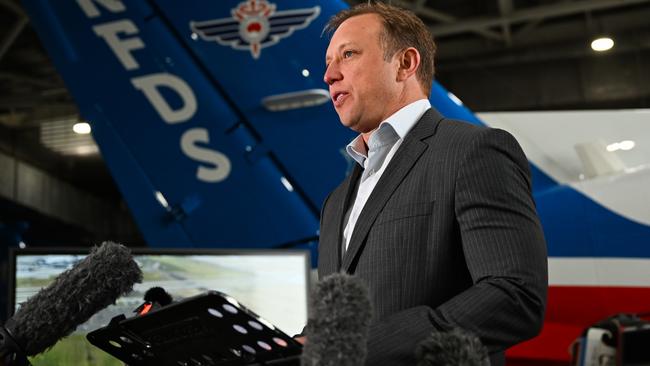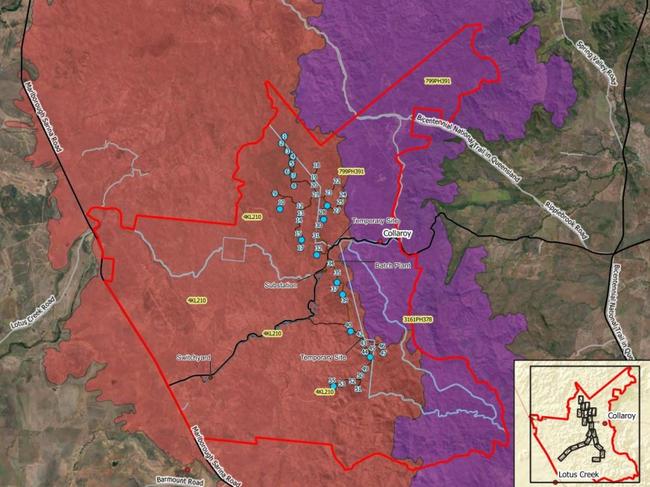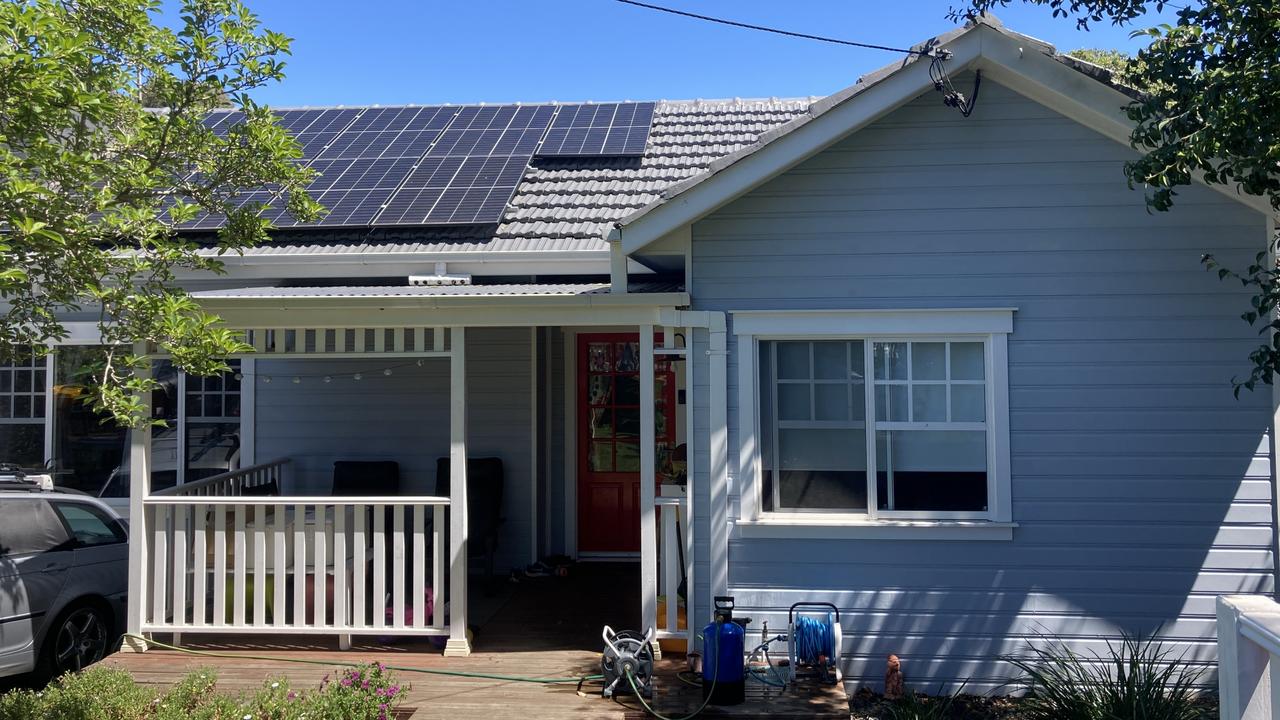Qld government’s CS Energy buys Lotus Creek wind farm project from Copenhagen Infrastructure Partners
The deal comes as Queensland Premier Steven Miles pushes to meet ambitious energy transition targets and sway voters with spending commitments.

The Queensland Labor government has agreed to purchase a wind farm as it moves to deliver its ambitious transition to renewable energy.
The deal, the financial details of which were not disclosed, involves the state-owned CS Energy taking ownership of the 285MW Lotus Creek wind farm from Copenhagen Infrastructure Partners.
The project is estimated to cost about $1.3bn to develop and CIP said construction would start immediately.
The project will feature 46 wind turbines and produce enough clean energy to power the equivalent of 150,000 homes, the state government said.
Queensland Premier Steven Miles said $624.3m for the project had been allocated from its Renewable Energy and Hydrogen Jobs Fund, while $300m was allocated from coal royalties.
“I have a vision for the future of Queensland – a future where our industries thrive, powered by clean, stored renewable energy,” Mr Miles said.
“Only a government I lead will continue to deliver this sort of game-changing infrastructure for our state, which locks in jobs for a generation in the industries of the future.”
CS Energy chief executive Darren Busine said the project would be the first of its kind for the state, but it would not be the last.
“The Lotus Creek wind farm will be CS Energy’s first 100 per cent-owned wind asset and is a key part of our strategy to develop up to 700MW of wind generation in Central Queensland,” Mr Busine said.
“This project will support the growing demand for renewable energy from our large commercial and industrial customers, and demonstrates our ongoing commitment to the region.”

CIP will continue to have a role in the project by overseeing the development, which is expected to generate about 400 construction jobs and up to 15 ongoing operational jobs.
Jorn Hammer, partner and head of CIP said the company was pleased to continue its role in the development.
“CIP will play an important role in growing the local pipeline of large-scale, commercially strong, and responsible clean energy projects through its global investment base and recognised expertise,” Mr Hammer said.
The wind farm is expected to be operational in 2027, following commissioning in the final quarter of 2026.
The plan comes as Queensland moves to meet its lofty transition targets. The Labor government in 2022 said it would end coal power generation by 2035, when renewable energy provides some 80 per cent of electricity needs.
Queensland had previously planned to run its fleet of coal power stations – publicly owned – until well into the 2040s. Queensland’s fleet is much younger than elsewhere in the country so could run well beyond the technical lifespan of other such power stations which are largely all at the end of their lifespan.
The transition target is particularly ambitious as Queensland is one of Australia’s most coal- dependent states and fossil fuel can often produce some 70 per cent of the state’s electricity on any given day.
The deal comes as Mr Miles struggles to retain his premiership.
In a bid to win the looming state election, Mr Miles has promised increasingly populist spending, including a pledge to spend $36m to open 12 state-owned petrol stations that Labor said would help reduce the price of fuel. Independent experts have dismissed the plan as ineffective.






To join the conversation, please log in. Don't have an account? Register
Join the conversation, you are commenting as Logout